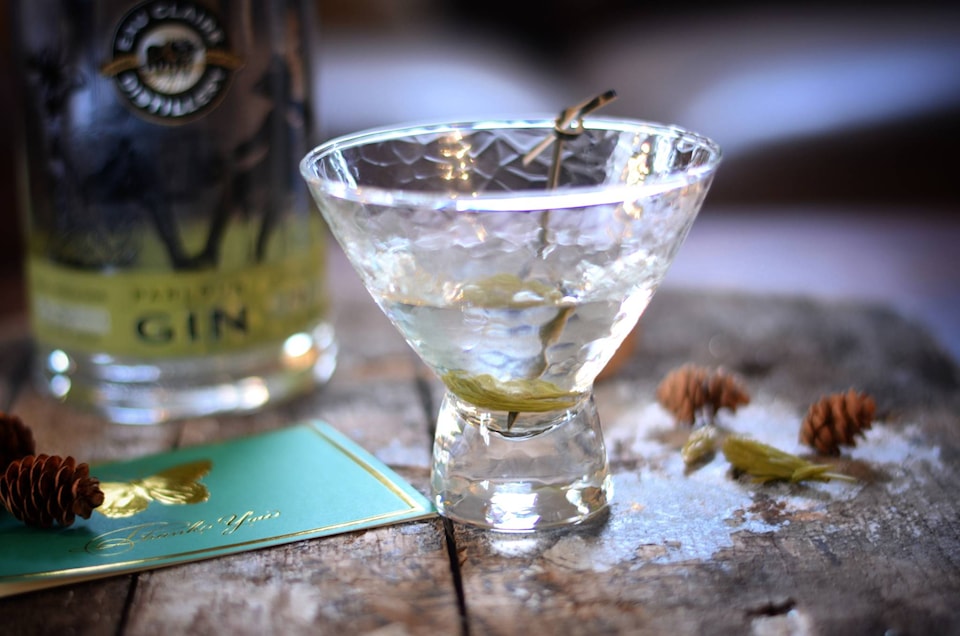Gin and tonic may be a favourite springtime cocktail, but it’s much more.
What if the craving was part of our pharmaceutical history to create a medicinal drink with apothecaries serving quinine?
Wild food and medicinal plants of the North have sustained us over centuries. Nature heals. In the North, winter months are intense, and, this particular spring seems to have a longer expiration date than we may have wished.
In early spring, when snow still covers the forest floor or our paved sidewalks, we begin to crave plants as forms of colour, lighter food choices, and happier lighter cocktails. Perhaps it is the sight of fireweed shoots, enriched with vitamin A and vitamin C, emerging along with the light-green spruce tips. The latter is also full of vitamin C, which triggers our desire to order the drink that signifies summer – gin and tonic.
Some spirits are loaded with flavours of juniper berry, and in some Canadian distilleries, cloudberry, wild rose hips and crowberry. Is there a new trend developing involving distinctive herbal medicinal flavours?
Juniper berries grow prolifically in the Canadian North and have been used to flavour alcohol, marinate game or fish. It was also used by the Gwich’in peoples of the North as a medicinal tea for colds and congestion.
A tincture is similarly made, but with alcohol and herbs, which many Europeans settlers created as remedies for ailments.
A traditional medicinal decoction is made from the fibrous or woody plant parts, such as the roots and bark. We also know from the history books the bark of the cinchona tree, which the Indigenous people of South America used to treat malaria, was brought back to Europe and boiled to create quinine.
Tonic water is carbonated water infused with quinine. The higher the level of quinine in the water, the more bitter it tastes. What is known is quinine was the only effective treatment for malaria until the middle of the past century.
Amedicinal shot of an alcohol-based mixture consisting of juniper berries and tonic water, is a return to our desire to feel better. To feel more energized.
Or, perhaps, it could simply be to enjoy the light clear drink sitting on a flower-filled patio with friends to discuss soon to be summer adventures. That feels good, too.
To me the classic gin and tonic is oh so Canadian with flavours influenced by the elements of the land. With many incredible gin distilleries throughout Canada, a couple of my favourites are Eau Claire Distilleries in Alberta and Ungava Premium Dry Gin from Quebec.
There are some witty names for tonic water as well. For instance, the reference to the healing properties from the bark is noticed in the name of tonic water brand: Fever Tree.
There are many recipes for making your own tonic water or creating a Canadian twist on a gin cocktail such as the Arctic Martinez, an Arctic rose infused drink.
Whether you enjoy making your own tonic water, or simply want to enjoy a drink and clink the glasses with your friends to a beautiful sunny day, our ancestors had it right.
Sharlyn lives in Red Deer creating a feast, preparing for a hike, and connecting with farmers or food industry leaders. You can find more on Instagram, Twitter and Facebook as Market Gypsy.
